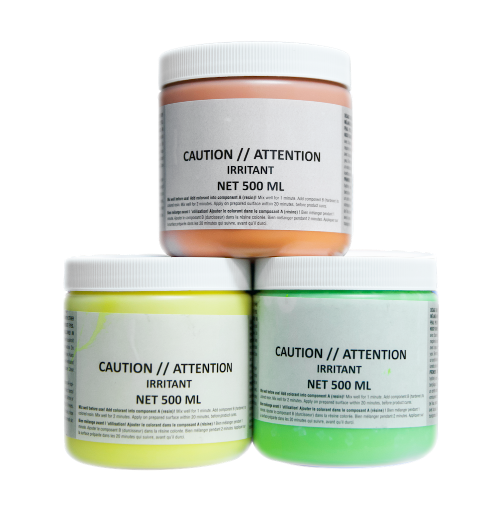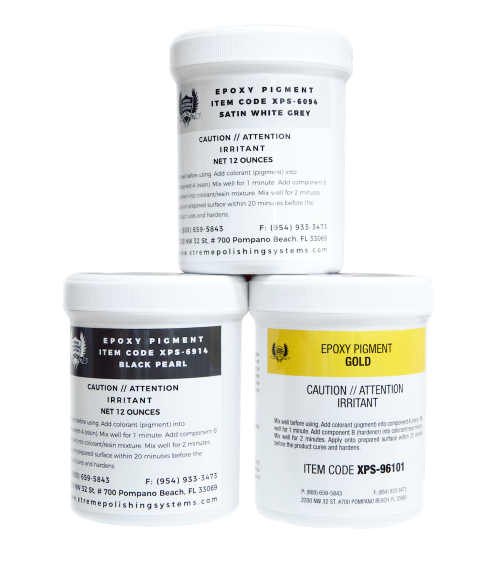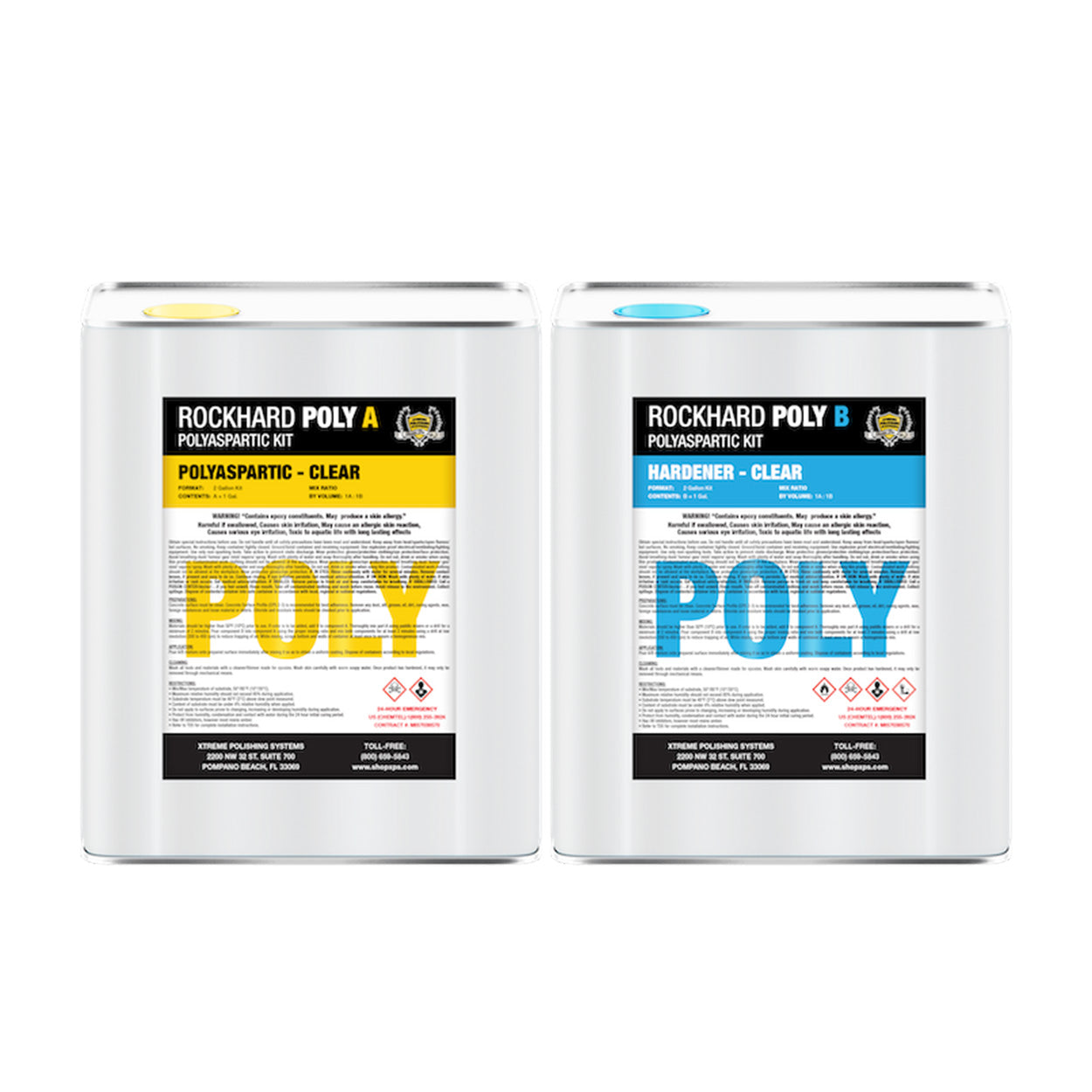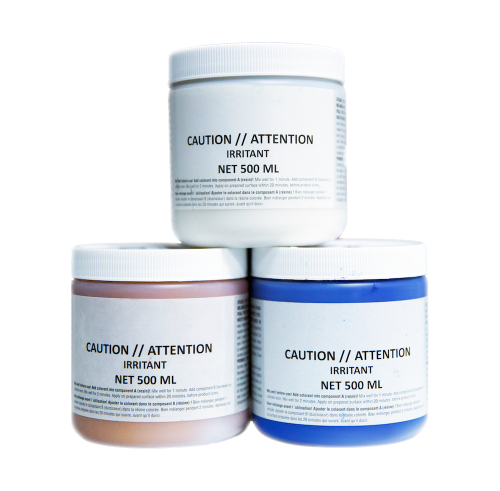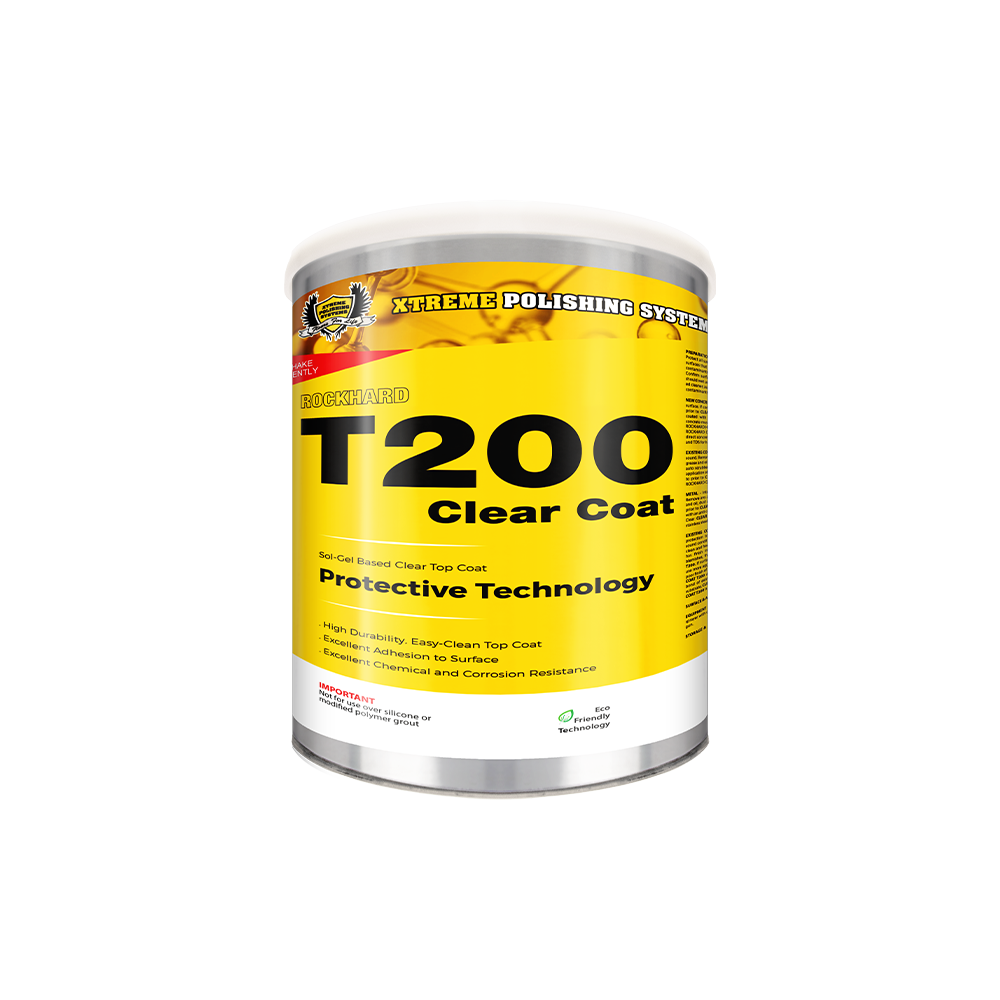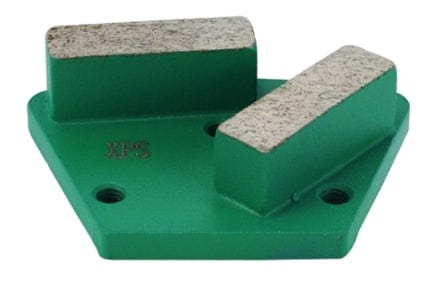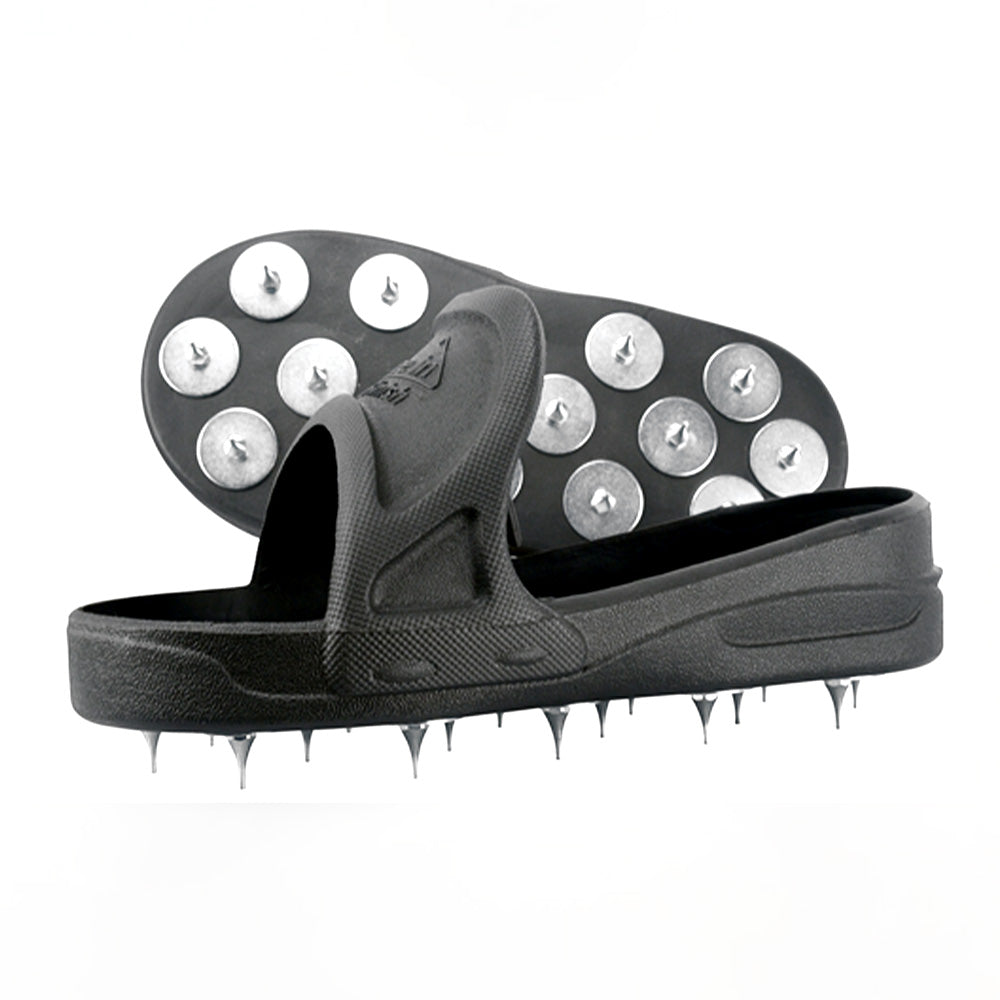In any construction, surface preparation, or industrial workspace, dust is more than a simple nuisance — it’s a serious safety concern. Fine particles released during grinding, polishing, or cutting concrete can contain crystalline silica, a substance known to cause respiratory diseases such as silicosis and lung cancer. These particles are so small that they remain suspended in the air long after work stops, putting workers at continued risk.
To combat this hazard, contractors and professionals are turning to one of the most effective tools for dust mitigation: the HEPA vacuum. More than just a cleaning device, a HEPA vacuum is an essential component of a compliant, safe, and efficient jobsite.
What Is a HEPA Vacuum?
HEPA stands for High-Efficiency Particulate Air, a standard of filtration that captures 99.97% of airborne particles as small as 0.3 microns. To put that in perspective, the average human hair is about 70 microns thick, meaning a HEPA filter can trap particles over 200 times smaller.

These vacuums differ from regular shop vacs or industrial dust collectors because of their multi-stage filtration systems. Typically, they include:
- A pre-filter to capture larger debris,
- A main filter for fine dust,
- and The HEPA filter, which traps microscopic contaminants that would otherwise escape into the air.
This layered approach ensures that even the most dangerous dust — like silica or asbestos — is effectively contained and removed.
The Dangers of Airborne Dust
Fine dust on the jobsite isn’t just unsightly — it’s dangerous. Prolonged exposure to airborne dust can lead to:
- Chronic respiratory problems
- Eye and skin irritation
- Reduced indoor air quality
- Long-term health conditions such as silicosis or COPD
In addition to health concerns, dust can compromise equipment performance, clog machinery, and increase maintenance costs. Over time, that buildup translates to reduced productivity and higher expenses.
That’s why OSHA (Occupational Safety and Health Administration) has strict regulations in place under 29 CFR 1926.1153, requiring employers to control respirable crystalline silica dust. Using HEPA vacuums is one of the most reliable ways to comply with these standards.
Why HEPA Vacuums Are the Gold Standard
When it comes to air quality and cleanliness, not all vacuums are created equal. Standard vacuums may remove visible debris, but they often allow fine dust to escape through exhaust air, re-contaminating the workspace.
HEPA vacuums, on the other hand, are engineered for containment. Here’s what sets them apart:
- Superior Filtration Efficiency – They trap nearly all microscopic particles, leaving the air visibly and measurably cleaner.
- Durable Design – Industrial HEPA vacuums are built for demanding applications like concrete grinding, flooring prep, and surface restoration.
- Compliance Assurance – OSHA and EPA recommend (and often require) HEPA-rated systems for dust control on construction and abatement sites.
- Worker Health Protection – Cleaner air means fewer respiratory risks and a safer environment for everyone on site.
Applications of HEPA Vacuums

HEPA vacuums are used across a wide range of industries, from construction and flooring to manufacturing, renovation, and restoration. Some of the most common applications include:
- Concrete grinding and polishing – Capturing silica dust at the source during surface prep.
- Epoxy and resin flooring – Maintaining a clean surface free of debris before coating applications.
- Demolition and renovation projects – Removing lead paint or asbestos safely.
- General cleanup – Keeping job areas clean, reducing slip hazards, and improving overall site presentation.
For epoxy flooring contractors in particular, using a HEPA vacuum ensures a dust-free substrate, which is critical for proper coating adhesion and long-term durability.
The Benefits of Using a HEPA Vacuum
Investing in a HEPA vacuum isn’t just about meeting regulations, it’s about elevating the quality and professionalism of your work. Here’s why every contractor should make it a standard part of their toolkit:
1. Improved Air Quality
HEPA vacuums capture airborne particles before they spread, dramatically improving indoor air quality for workers and clients alike.
2. Enhanced Worker Safety
By reducing exposure to silica and other hazardous dust, HEPA vacuums protect your crew’s health and help prevent costly medical claims or downtime.
3. Regulatory Compliance
Meeting OSHA, EPA, and local safety regulations is easier and more consistent with certified HEPA filtration equipment.
4. Cleaner, More Professional Jobsites
Clients notice clean workspaces — and clean jobsites project professionalism. HEPA vacuums reduce post-job cleanup and leave a strong impression.
5. Longer Equipment Lifespan
By keeping dust out of grinders, polishers, and other machinery, HEPA systems help extend the life and performance of your equipment.
Choosing the Right HEPA Vacuum
When selecting a HEPA vacuum, consider the following factors:
Airflow & CFM (Cubic Feet per Minute): Match the vacuum’s power to your dust source. Grinding and polishing typically require higher CFM for continuous dust capture.
Tank Capacity: Larger tanks are ideal for big projects, while smaller, portable units work well for tight spaces or detailed cleanup.
Durability: Look for vacuums built with reinforced components, metal housings, and heavy-duty wheels to handle jobsite conditions.
Ease of Maintenance: Choose models with accessible filters and easy disposal systems to minimize downtime.
Compliance Certification: Ensure the vacuum meets OSHA and EPA HEPA filtration standards.
Best Practices for Using HEPA Vacuums
To maximize performance and safety, follow these best practices on the jobsite:
- Inspect filters regularly and replace them as needed.
- Empty collection containers frequently to maintain suction and airflow.
- Use proper attachments for grinding, sanding, or polishing equipment to ensure dust is captured at the source.
- Seal the system — make sure all connections are tight to prevent leaks.
- Train your team on proper vacuum use and maintenance to extend equipment life.
HEPA Vacuums and the Future of Jobsite Safety
As environmental standards evolve, dust control will continue to play an increasingly important role in construction and surface preparation. Investing in high-performance HEPA vacuums not only helps businesses stay compliant, it demonstrates a commitment to worker health, environmental responsibility, and quality craftsmanship. A cleaner jobsite is a safer jobsite. And a safer jobsite leads to better results, happier clients, and stronger reputations.

Whether you’re polishing concrete, installing epoxy floors, or grinding down coatings, a reliable HEPA vacuum is one of the smartest investments you can make.
Conclusion
HEPA vacuums are far more than an accessory — they’re a key safety tool that protects workers, meets compliance standards, and maintains a professional workspace. By integrating proper dust collection systems into your workflow, you not only enhance performance but also safeguard the health of your crew and the integrity of your craft. Cleaner air. Safer workers. Better work. That’s the power of HEPA!



